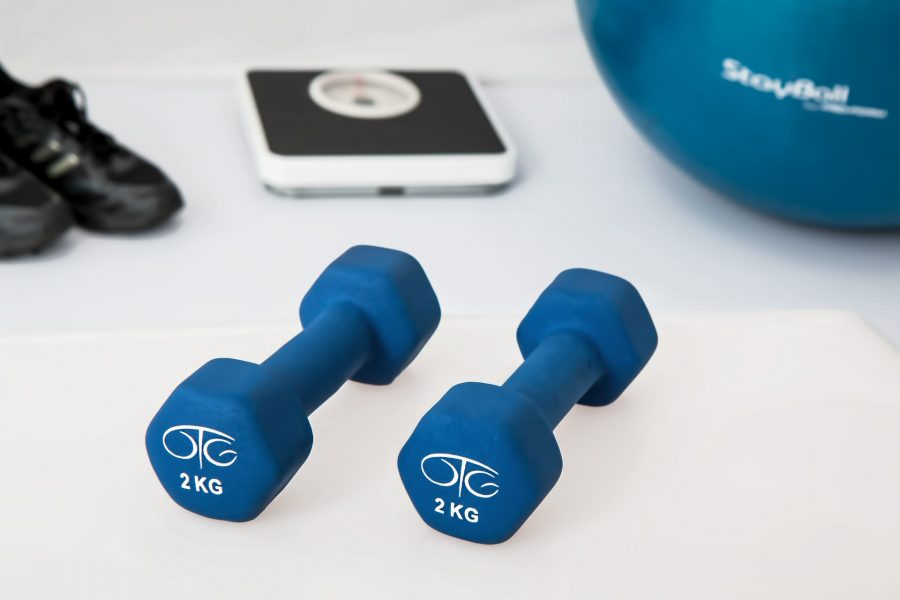This article by Elle Kaplan was originally posted on Inc.com
1. 50 minutes or less
As entrepreneurs, it’s tempting to batten down the hatches and try to work for hours (or days) on end when learning something new.
Before you do, consider the following: Research says our brains end up powering down very quickly when they’re running on overdrive.
Ellen Dunn of Louisiana State University explains that “anything less than 30 [minutes] is just not enough, but anything more than 50 is too much information for your brain to take in at one time.” To put this into practice, make sure you’re scheduling your learning sessions for short bursts of time, using quick methods like flashcards. Schedule at least a 10-minute break between sessions to give your brain some much-needed R&R.
2. 80/20
The Pareto principle, otherwise known as the 80/20 rule, was originally developed by Italian economist Vilfredo Pareto, when he discovered that 20 percent of the farms produced 80 percent of Italy’s crops.
Nowadays, productivity expert Tim Ferriss has popularized a modern approach to this rule for faster learning. He says you should focus first on the most important 20 percent of what you’re trying to learn, which will actually cover 80 percent of what you need to know.
Ask yourself: What are the most important elements that yield the biggest return on investment? For example, if you’re learning a foreign language — what 20 percent of words are used 80 percent of the time?
3. Stop the multitasking
Your brain is like a computer — when you have several tabs open in your browser, it slows down processing speed. Research shows that working on multiple tasks at once detracts from the quality of all of them. And a study found that when you get distracted, it takes an average of 25 minutes to return to the task at hand. That’s a lot of time wasted.
In our age of constant distraction, it’s important to close out your email during your sessions. Silence your phone and turn off your notifications. Multitasking slows down your learning and inhibits your brain from performing at its highest function.
4. Change up your learning methods
Reconsolidation — the process by which memories are recalled and modified with new knowledge — plays a pivotal role in strengthening skills and learning.
A Johns Hopkins study found that “if you perform a slightly modified version of a task you want to master, you actually learn more and faster than if you just keep practicing the exact same thing multiple times in a row.”
Think about modifying your self-teaching techniques as you learn. If you use flashcards in one session, think about a more hands-on method the next time, or listening to a podcast or webinar. This will help your brain remember and recall information at a quicker rate.
5. Learn from the masters
Robert Greene emphasizes the need for an expert mentor in his book Mastery. He talks about the “ideal apprenticeship,” noting that having guidance from people who have already mastered the skill you want to learn is invaluable.
The word apprenticeship may summon medieval images of a blacksmith and his assistant, but in the information age, you can be mentored via YouTube, Skype, or even professional services like MicroMentor. And, speaking as someone who mentors young professionals, others are happy to help you along your journey.
6. Take notes the old-fashioned way
Princeton University and UCLA researchers found that taking notes by hand leads to more active listening and the ability to identify important concepts. On the other hand, laptop notes lead to more mindless transcription and open up more opportunities to check Facebook and get distracted.
The tip from this study is obvious: Ditch the typing in favor of plain old pen and paper. When taking notes, only write down what matters. Stick to keywords and short sentences in lieu of writing down notes verbatim.
7. Prepare for the long game
We’ve all experienced it — that moment when you run out of time, money, or motivation to keep learning something new and quit. Seth Godin calls it “the dip” — when the honeymoon phase of learning a new skill wanes.
The best way to avoid this dip is to prepare for it and know it will come at some point.
As Steve Jobs once said, “Half of what separates successful entrepreneurs from the nonsuccessful ones is pure perseverance.” Remember, learning something new isn’t a sprint, it’s a marathon. Those who are persistent through this time will be the ones to succeed.








